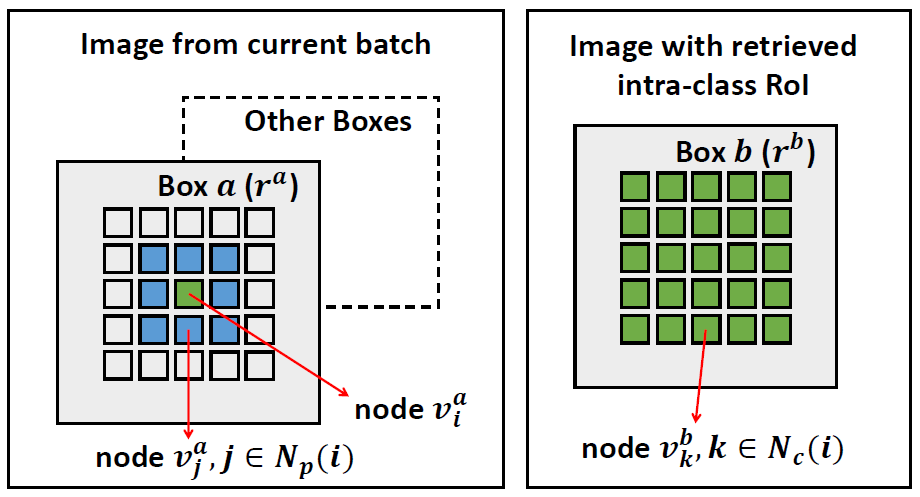-
Notifications
You must be signed in to change notification settings - Fork 9
New issue
Have a question about this project? Sign up for a free GitHub account to open an issue and contact its maintainers and the community.
By clicking “Sign up for GitHub”, you agree to our terms of service and privacy statement. We’ll occasionally send you account related emails.
Already on GitHub? Sign in to your account
Some questions regarding the DiscoBox paper #18
Comments
|
|
@Chrisding Could you please also let me know what dense correspondence means here? |
Sign up for free
to join this conversation on GitHub.
Already have an account?
Sign in to comment

Thanks for the nice work and it runs smoothly with Docker. I have some questions with paper and hope you can give me some help.
The text was updated successfully, but these errors were encountered: